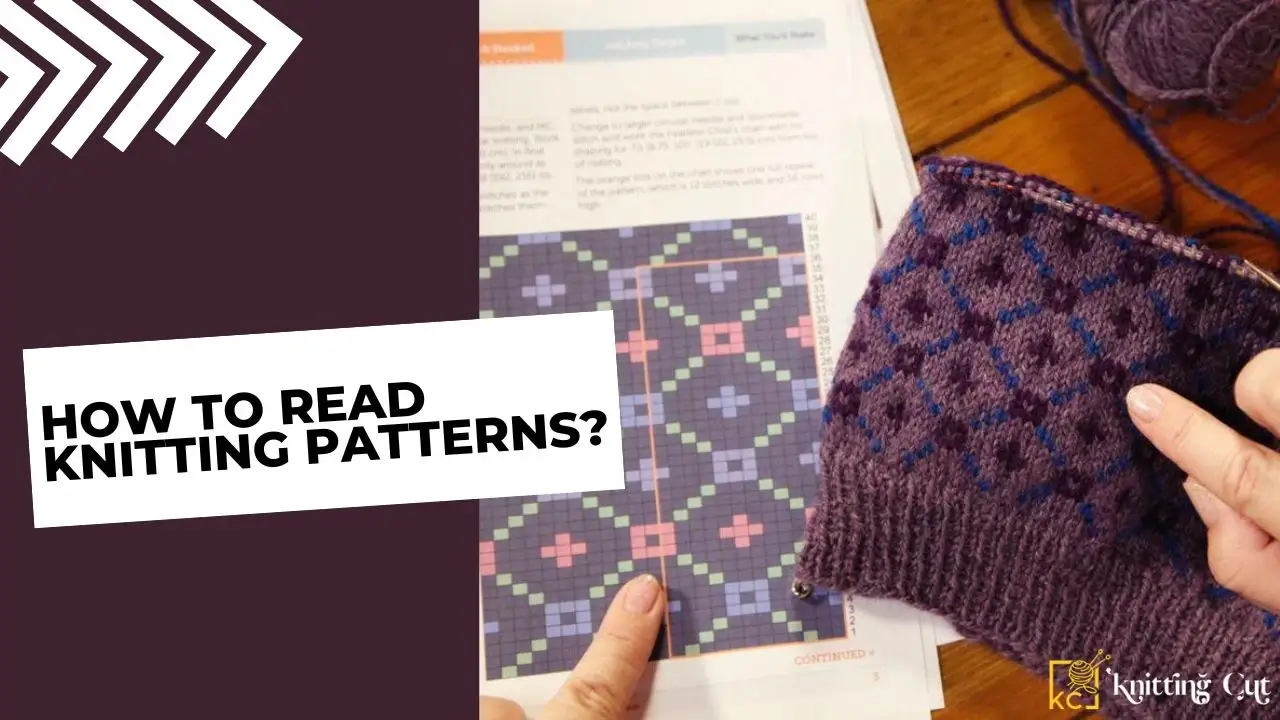Knitting is a relaxing and creative hobby that can produce beautiful and practical items. However, reading knitting patterns can be intimidating for beginners due to the use of abbreviations, symbols, and technical terms. Learning how to read knitting patterns is essential for any knitter who wants to take their skills to the next level.
In this article, we will guide you through the basics of how to read knitting patterns step by step. We’ll explain what each symbol or abbreviation means and provide tips on how to decipher complicated instructions. By the end of this article, you’ll feel confident in your ability to read any knitting pattern and tackle any project with ease.
Basic Terminology
Knitting is a fun and fulfilling hobby. However, it can be intimidating for beginners who are faced with the plethora of yarns, needles, and patterns available in the market. To get started, it’s essential to understand knitting terminology like yarn weight, gauge, and needles.
Yarn weight refers to how thick or thin the yarn is. There are several categories of yarn weights that range from super bulky to lace weight. The thickness of your chosen yarn will determine the size of needles you need to use as well as the overall look and feel of your project. For example, if you’re making a chunky scarf using super bulky yarn, you’ll need larger needles than if you’re making a delicate lace shawl using lace-weight yarn.
Also Read: Knitting Patterns Dress
Pattern Components
Knitting patterns can often seem like a foreign language to beginners, but understanding the key components of stitches, rows, and sections can make it easier to follow along. Stitches refer to the individual loops that make up a knitted piece. When reading a pattern, it’s important to know how many stitches you need for each row and what type of stitch you should be using such as knit or purl.
Rows are simply the horizontal lines in your knitting. They determine the length of your piece and help create specific patterns or textures. A pattern may ask you to work a certain number of rows in one stitch before switching to another, or it may call for increases or decreases at certain points in your work.
Reading Charts
Knitting patterns come in different forms, and the most common is a chart. A knitting chart is a form of visual representation of the pattern, which allows knitters to follow it with ease. Although charts may seem intimidating at first glance, they are easy to master once you understand the symbols and keys used.
The first thing you need to know when reading a knitting chart is that each symbol represents a specific stitch. Therefore, it’s essential to familiarize yourself with these symbols before starting your project. For instance, an empty square indicates knit on the right side (RS) and purl on the wrong side (WS), while a filled square means purl on RS and knit on WS. Other symbols include circles for yarnovers, arrows for decreases or increases, and diamonds for slipped stitches.
Common Abbreviations
Knitting patterns can be quite daunting, especially for beginners. Not only do you have to decipher the stitch patterns and chart symbols, but you also need to understand the abbreviations used in the instructions. These abbreviations are designed to save space and make the pattern easier to read, but if you don’t know what they mean, they can be confusing.
The good news is that once you understand these common abbreviations, reading a knitting pattern becomes much easier. Some of the most common abbreviations include k (knit), p (purl), st (stitch), inc (increase), dec (decrease), yo (yarn over), and sl (slip). While some of these may seem self-explanatory, others may require a bit more explanation.
Troubleshooting
One of the most important skills that every knitter must acquire is troubleshooting or fixing mistakes on the fly.
When working on a project, it’s not uncommon to make some mistakes along the way. It could be as simple as dropping a stitch or missing an increase. Regardless of what mistake you make, it’s essential to know how to fix it without unraveling your entire work. This is where troubleshooting comes in handy. By mastering this skill, you’ll save yourself time and frustration and achieve better results.
Conclusion
While knitting patterns may seem intimidating at first, with a little bit of practice and patience, anyone can learn how to read them. By understanding the abbreviations, symbols, and instructions used in knitting patterns, you can easily create beautiful handmade garments and accessories. Remember to take your time and refer back to the pattern as needed. With these tips in mind, you’ll be on your way to becoming a skilled knitter in no time.
Also Read: Knitting Patterns Poncho
